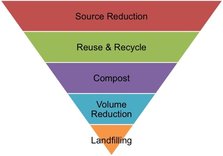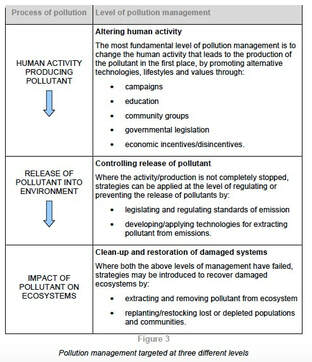More than 380,000,000 tons of plastics is produced annually worldwide; more than one million tons a day. If a 120 car train could load up 10,000 tons of plastic it would require more than 100 trains to transport all that plastic products just for daily consumption!
Holy cow! What can ya do?



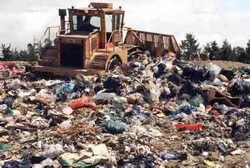 image from www.scrd.ca
image from www.scrd.ca
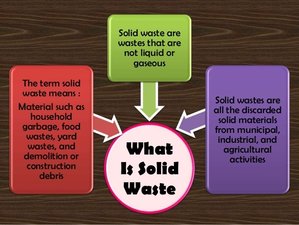
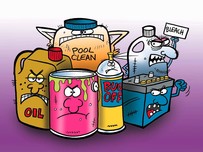 image from https://www.pinterest.com/aquaventuremlt/save-our-oceans
image from https://www.pinterest.com/aquaventuremlt/save-our-oceans
